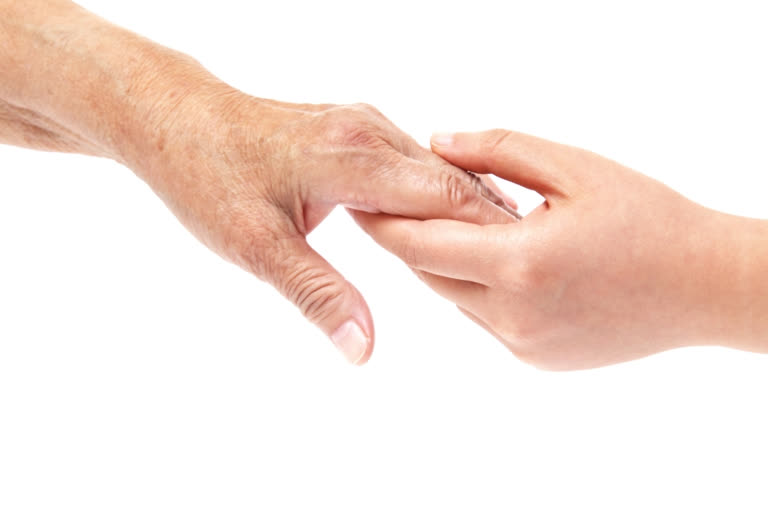Most people do not give a second thought to doing things like opening pickle jars or carrying groceries, but handgrip strength is an effective screening tool for different health conditions. If someone’s handgrip strength is low, it might be an indication of underlying health problems – and not only in older individuals: handgrip strength has been linked to health conditions already in younger adulthood. A large number of studies have shown that low handgrip strength may be a manifestation of health conditions related to heart and lung problems. Some studies have also found that those with low handgrip strength have a lower life expectancy.
What is missing for clinical practice, are empirically meaningful cut-off points that apply to the general population, while also considering the correlation of handgrip strength with gender and body height, as well as the decline in handgrip strength as a result of normal aging.
In their study just published in the journal BMJ Open, IIASA researcher Sergei Scherbov; Sonja Spitzer, a postdoctoral researcher at the Wittgenstein Centre for Demography and Global Human Capital and the University of Vienna; and Nadia Steiber from the University of Vienna, endeavored to shed light on at what level of handgrip strength a doctor should consider sending a patient for further examination. The results of the study provide standardized thresholds that directly link handgrip strength to remaining life expectancy, thus enabling practitioners to detect patients with an increased mortality risk early on.
“In general, handgrip strength depends on gender, age, and the height of a person. Our task was to find the threshold related to handgrip strength that would signal a practitioner to do further examinations if a patient’s handgrip strength is below this threshold. It is similar to measuring blood pressure. When the level of blood pressure is outside of a particular range, the doctor can either decide to prescribe a particular medicine or to send the patient to a specialist for further examination,” explains Scherbov.
Also read:Here is why you may be having a back pain!
Handgrip strength is measured by squeezing a dynamometer with one hand. In the study, the patient is asked to perform two attempts with each hand, the best trial being used for measurement. There is a special protocol for this process as the values may depend on whether the test was performed in a standing or a sitting position, among other considerations.
In contrast to earlier studies, the authors compared individuals’ handgrip strength not with a healthy reference population, but with individuals who are comparable in terms of sex, age, and body height. The findings indicate an increase in mortality risk at a threshold that is more sensitive compared to that estimated in earlier studies. In fact, the results show that a handgrip strength that is only slightly below the average of a comparable population (considering a person’s sex, age, and body height) is indicative of health conditions leading to earlier death. A stronger handgrip compared to other people of the same age, sex, and body height was not found to reduce the mortality risk.
“Handgrip strength is a cheap and easy to perform test, but it may help with early diagnosis of health problems and other underlying health conditions. Monitoring the handgrip strength of the elderly (and in fact middle-aged people) may provide great benefits for the public health of aging populations. Our findings make it clear that handgrip strength is a very precise and sensitive measure of underlying health conditions. Therefore, we suggest it to be used as a screening tool in medical practice,” notes Steiber.
“It is important to point out that we are not suggesting that people should train handgrip strength in particular to decrease mortality risks. Most likely, if someone improves their handgrip strength through exercises, there will be no or very little impact on their overall health. However, low handgrip strength may serve as an indicator of disability because it reflects a low muscle strength, which is associated with a higher risk of death. A healthy lifestyle and exercise are still the best approaches to sustain good health or to improve it in the long term,” Spitzer concludes.
